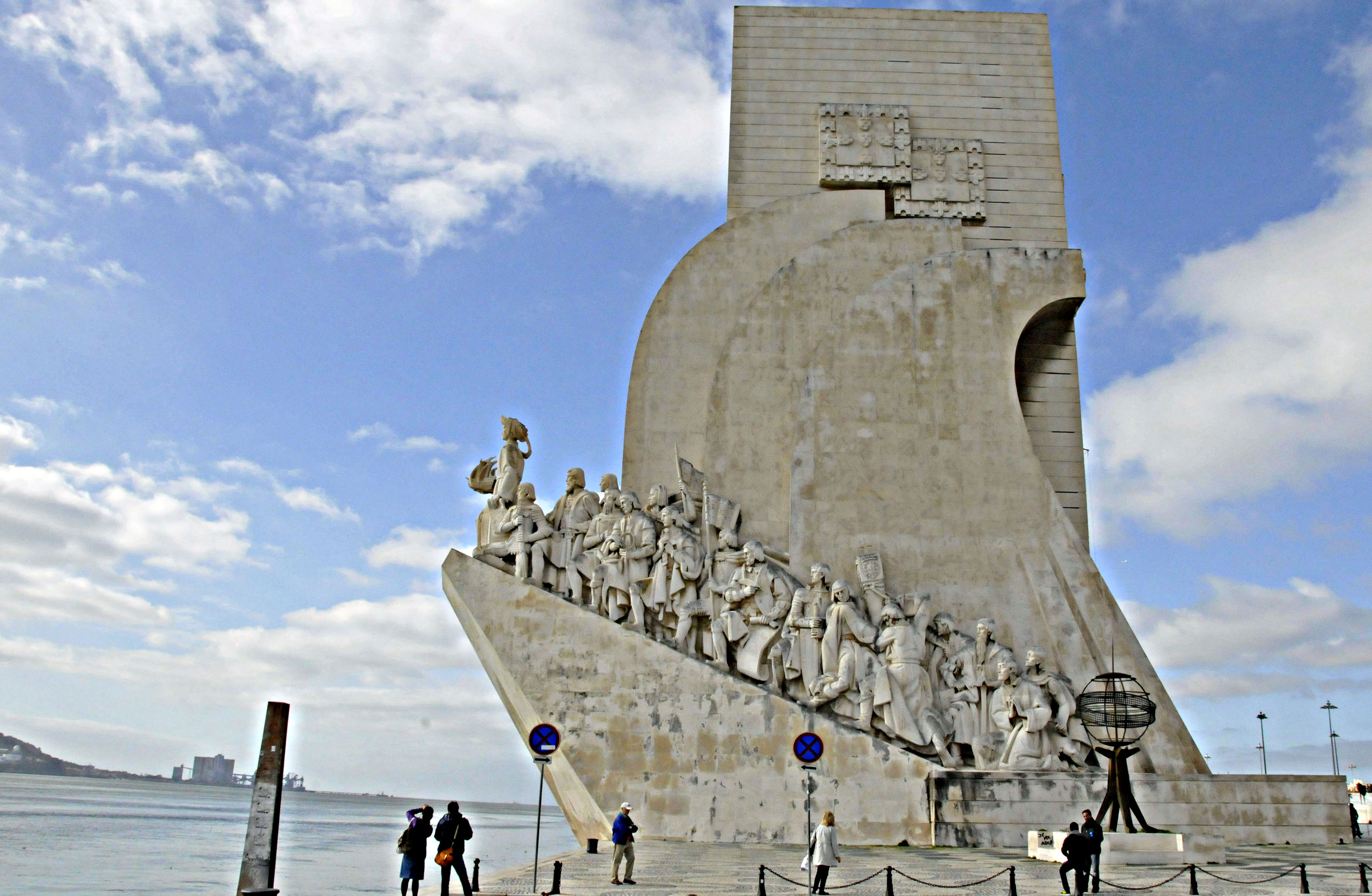
Lisbon and San Francisco lie at almost identical latitudes on the west coasts of their respective continents. Both occupy seven hills and maintain picturesque old streetcars. Both span their bays with orange suspension bridges, designed by the same engineer. And both are wonderful places to visit. However, Lisbon has one attraction its twin city can never match – a monument honoring the life and times of Henry the Navigator, a Portuguese prince who rearranged the world, and not always for the better.
Henry the Navigator, the third son of Portuguese King John I, dreamed of gaining new converts to Christianity in lands unexplored by Europeans. Beginning in 1415 he planned and financed expeditions from Lisbon that sailed further and further down the western coast of Africa. By 1444, ships under Henry’s direction, reached what is now Mauritania and began carrying slaves back to Lisbon for conversion and sale. According to Henry’s biographer, Sir Peter Russell, “In Henryspeak, conversion and enslavement were interchangeable terms.”
For the next 40 years, Portuguese explorers, sailing caravels whose design Henry had commissioned, reached, on average, one degree further south each year, claiming lands for Portugal and bringing back more slaves. Bartolomeu Dias finally rounded the Cape of Good Hope in 1488, proving the feasibility of a sea route to Asia. When Vasco da Gama reached India from Lisbon in 1498, trade with India began replacing the slave trade as the mainstay of the Portuguese economy. Pedro Álvares Cabral, detouring west on his way to India, bumped into what is now Brazil in 1500, claiming it for Portugal. In 1522, an expedition led by Ferdinand Magellan of Portugal sailed west on behalf of Spain and circled the globe.
In 1960, 500 years after Henry the Navigator’s death, Portugal’s Salazar regime erected Padrão dos Descobrimentos (Standard of Discovery) near where expeditions had left Lisbon for parts then unknown. The 171-feet-high monument evokes a caravel, with Henry, who rarely left port, standing tall on the bow. Lined up behind him are two ramps of people important to Portugal’s 100 year long Age of Exploration. No slaves are among them.



